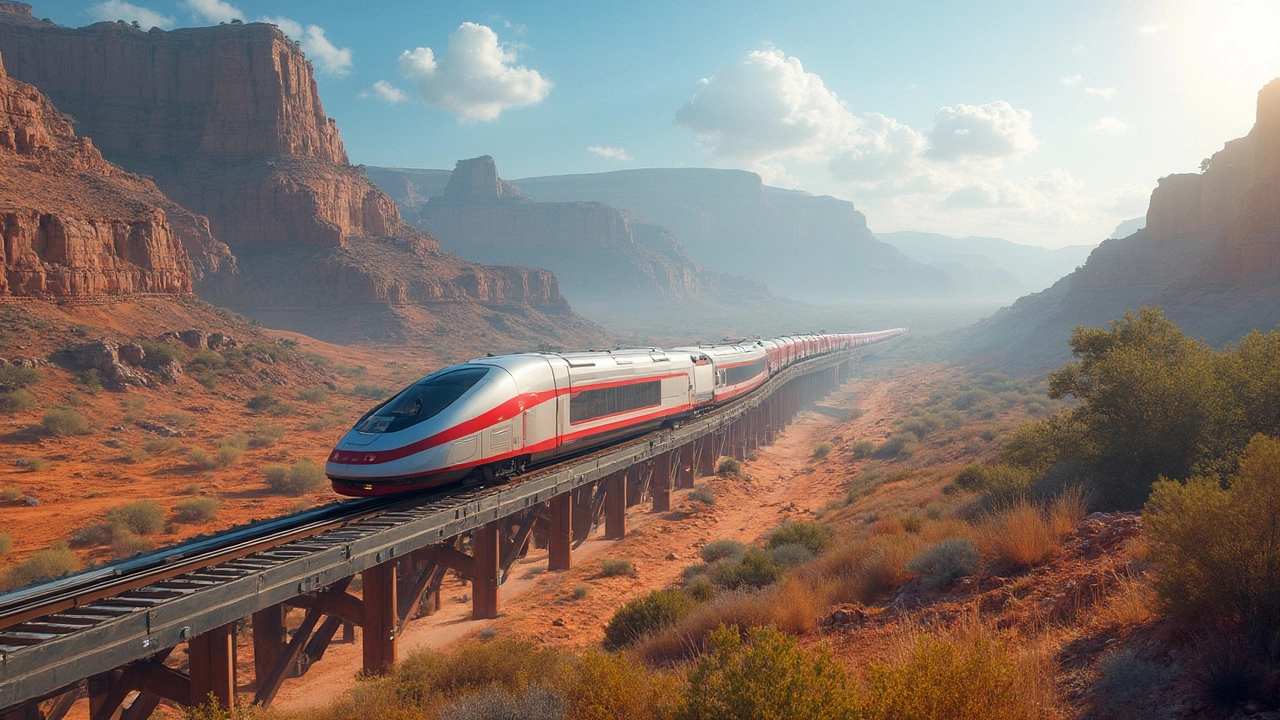Understanding Rail Support and Ladder Track Systems
When it comes to keeping trains on track, the support structure beneath the rails plays a huge role in safety and efficiency. Rail support systems provide the foundation that holds the rails in place and absorbs the constant stress of trains passing over. One design gaining attention for its practical benefits is the ladder track system, which has roots going back to 19th-century British railways but is seeing a modern revival.
So, what exactly is ladder track? Instead of the typical sleepers spanning across the gauge, ladder track uses long beams running parallel to the rails connected by transverse bars—kind of like the rungs of a ladder. This setup spreads the load more evenly across the ground and reduces pressure on the roadbed, which helps prevent track deformation.
Why Ladder Track Matters for Modern Railways
Modern railways wrestle with balancing durability, maintenance costs, and ride quality. Ladder track offers several advantages here. Its strong longitudinal supports resist shifting and keep rails aligned better than some traditional systems, reducing the chances of derailments.
Additionally, ladder track minimizes the amount of maintenance needed. Because the system reduces stress points and improves track stability, railway operators can expect fewer repairs and less downtime. It’s also easier and quicker to install in tight urban settings or industrial sites where traditional ballast track might be impractical.
Tubular Track and Other Innovations
Building on ladder track concepts, innovations like Tubular Modular Track add further benefits. These use hollow steel tubes as supports, offering even lighter structures that don’t sacrifice strength. Japan’s railway researchers have also experimented with designs that combine ladder principles with modern materials and fabrication techniques, improving noise reduction and ride smoothness.
Such innovations show that old ideas can find new life when matched with today’s technology. Railways that have adopted ladder or tubular track systems, like South Africa’s Gautrain project, highlight how these designs handle challenging terrain and heavy use with less upkeep.
In brief, focusing on solid rail support systems like ladder track helps rail operators improve safety, cut costs, and maintain smoother services. If you’re curious about rail infrastructure or looking into modern track options, ladder track is definitely worth a closer look.
Ladder track is a game-changer in the railway system, using innovative longitudinal beams and transverse connectors to support rails. It's an evolution from 19th-century designs, addressing issues like vertical vibrations and noise. Modern versions such as Tubular Modular Track and those developed by Japan’s RTRI offer low-maintenance, stable solutions perfect for wet or desert environments. These technologies pave the way for more efficient and reliable rail travel.


 Sports
Sports